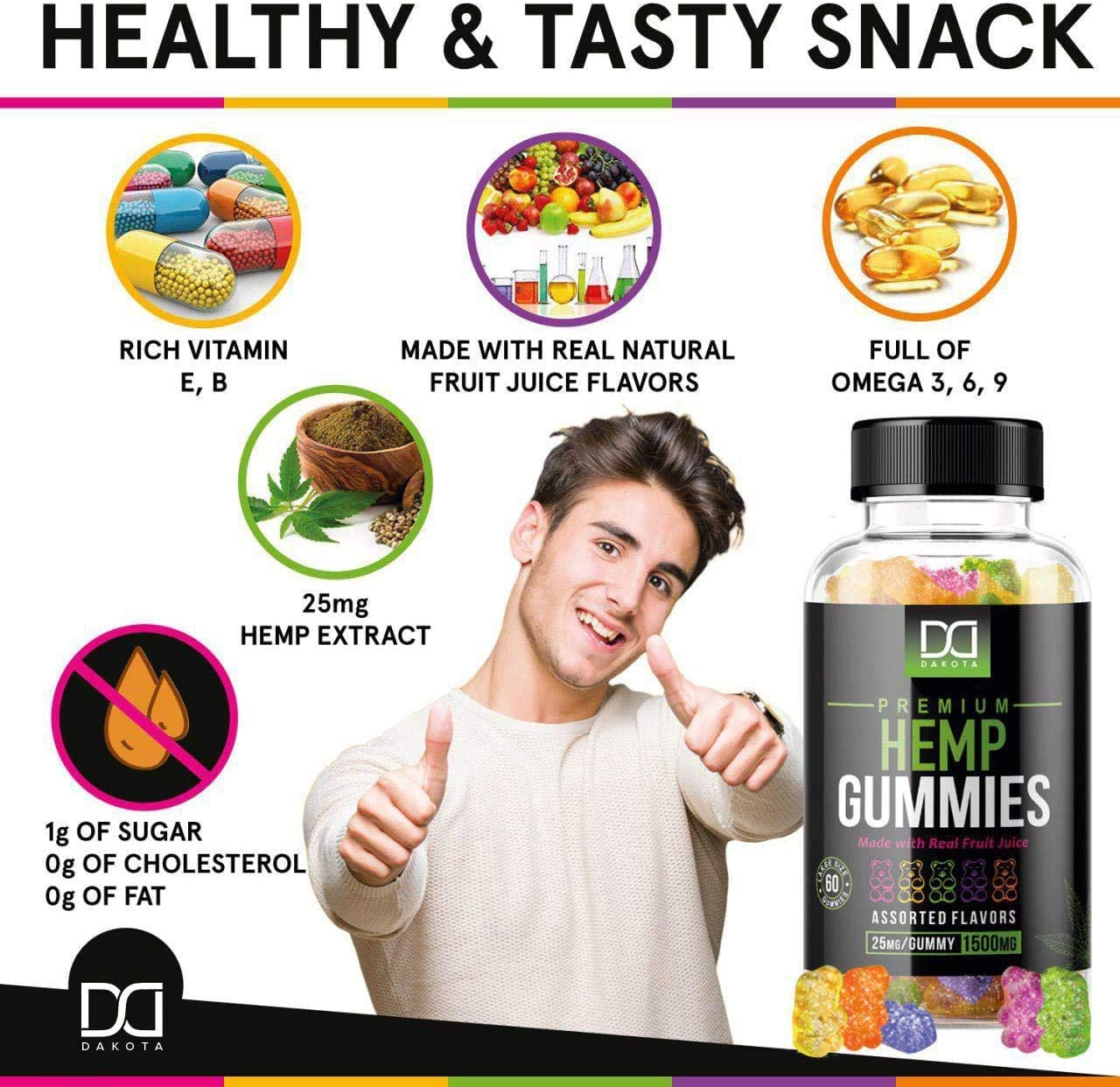December is National Impaired Driving Prevention Month. You’ve likely heard all about the dangers of drunk driving, but are you familiar with the dangers of drugged driving? Driving under the influence of over-the-counter medications, prescription drugs, marijuana, or any other mind-altering drugs makes it unsafe to operate a vehicle.
Unfortunately, research indicates drug prevalence is on the rise among drivers. According to studied trauma centers from October to December of 2020, 56% of drivers involved in serious injury or fatal crashes tested positive for at least one drug.
How common is drug-impaired driving? After alcohol, marijuana is the most commonly used drug while driving. In 2020, 12.6 million people (ages 16 and older) reportedly drove after using illicit drugs. Of that total, 11.7 million people were under the influence of marijuana. In another recent survey, 22% of teens admitted that driving while high on marijuana is common among their friends. 3.6 million young people between the ages of 16 and 25 admit to driving under the influence of marijuana within the past year, according to the 2020 National Survey on Drug Use and Health. These statistics are highly concerning, given that drugs such as marijuana affect the way people drive — putting drivers, their passengers, and others on the road at risk. Drugs can alter a driver’s perception, attention, balance, coordination, reaction time, and other skills they need to stay alert and safe.
The National Highway Traffic Safety Administration’s Drug and Alcohol Crash Risk Study found that marijuana users are more likely to be involved in crashes. However, the increased risk may be due in part because marijuana users are more likely to be young men, who are generally at a higher risk of crashes. Regardless, research does show that marijuana slows reaction time, impairs a driver’s concentration and attention, and reduces hand-eye coordination. The THC in marijuana also hurts a driver’s ability to multitask, a critical skill needed for persons behind the wheel.
Impaired driving can also occur after using prescription drugs or over-the-counter medicine such as cough suppressants, antihistamines, sleeping aids, and anti-anxiety medications. In some cases, even small amounts of these substances may impair driving abilities by altering perception, mental processes, attention, balance, coordination, and other abilities required for safe driving. For this reason, many prescription drugs have warning labels advising against the operation of machinery and driving motor vehicles for a certain period of time after use.
Vehicle accidents are the leading cause of death among people aged 16 to 19. PARENTS — warn your teens not to drive after using marijuana or other drugs, and to not get in a car with a driver who has used marijuana or other drugs! When teenage driving inexperience is paired with the use of drugs that can affect cognitive and motor abilities, the results can be tragic. Help protect your children and community this holiday season by helping to keep all impaired drivers off the roads.
Kelly Sickafoose is secretary of the Northeast Regional Advisory Board of Community Anti-Drug Coalitions, executive director of Drug Free Adams County and coordinator of Adams County Drug Court. She serves in an advisory capacity to LaGrange and Steuben counties. Contact her at kellys@co.adams.in.us.


Be the first to comment